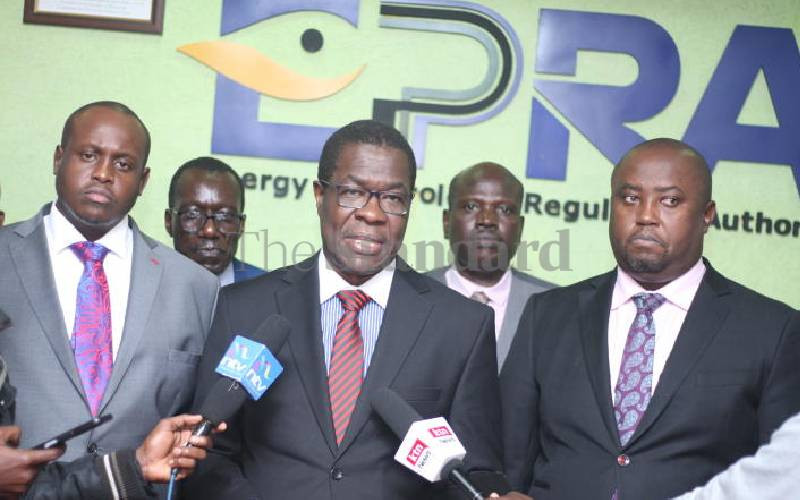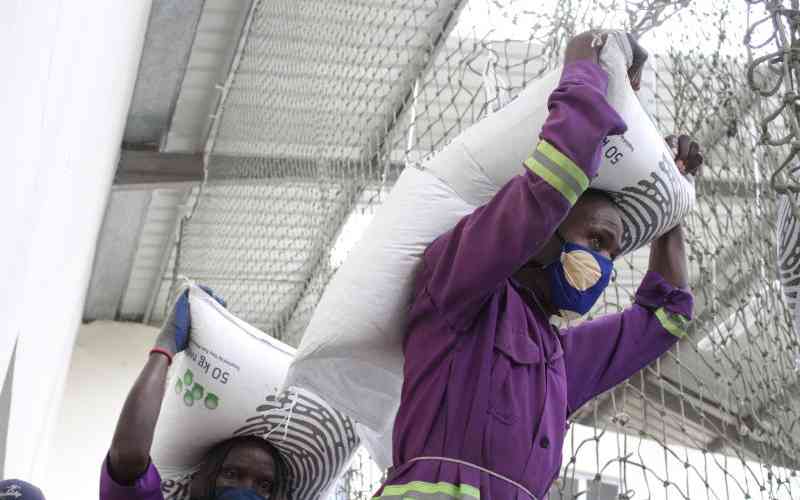
Kenya was recently hit by intense rainfall, leading to disruption of businesses, infrastructural damage and significant loss of life. This has reignited focus on business continuity and disaster recovery for businesses and organisations.
Business continuity and disaster recovery is a crucial aspect of any organisation's risk management strategy. It is vital to ensure that essential business functions can continue during and after disruptions. It involves processes and procedures aimed at minimising downtime, financial losses, ensuring employee and customer safety, and safeguarding the reputation of the organisation and the market share.
Starting with risk assessment, organisations identify potential risks and their impact on operations. This is followed by a business impact analysis to determine the impact of disruptions on critical processes and establish recovery priorities.
Continuity planning involves developing strategies and plans to maintain operations during disruptions, including backup systems, alternate work locations, and communication plans.
Disaster recovery, a subset of business continuity, focuses on restoring critical Information Technology (IT) systems and infrastructure after a disaster or disruption. The aim is to minimise data loss, restore IT services quickly, and ensure data integrity and security during the recovery process.
Various international organisations have developed standards which play a crucial role in guiding organisations in developing effective disaster recovery strategies.
Regular back-up
Disaster recovery entails regularly backing up data and systems and having procedures in place to recover them quickly.
There is need for replicated data across multiple locations to ensure redundancy and minimise data loss. This is crucial both at the primary and the secondary sites. The process should begin by identifying the critical components of the infrastructure of the institution that are necessary for uninterrupted operation. This is followed by building redundant infrastructure to minimises single points of failure.
Key considerations for redundancy include network redundancy to ensure connectivity remains intact even if one path fails, data redundancy to prevent data loss in the event of hardware failure, and power redundancy such as backup generators or uninterruptible power supplies to mitigate the impact of power outages. There is also geographical redundancy to maintain duplicate infrastructure in different locations which helps guard against site-wide disasters.
Testing and maintenance of disaster recovery plans is crucial to ensure their validity and effectiveness. Testing provides an opportunity to assess whether the plans can be executed effectively.
Establishing reliable emergency communication plan for coordinating disaster recovery efforts is crucial. Key personnel should be easily reachable in the event of an emergency, and they should be aware of their privileges, roles and escalation procedures. Communication to stakeholders needs to be timely and relevant.
Integrating these strategies into the overall business operations of the organisation helps enhance resilience and ability to withstand and recover from disruptions effectively.
The writer is an Assistant Director ICT at KeNHA
 The Standard Group Plc is a multi-media organization with investments in media
platforms spanning newspaper print operations, television, radio broadcasting,
digital and online services. The Standard Group is recognized as a leading
multi-media house in Kenya with a key influence in matters of national and
international interest.
The Standard Group Plc is a multi-media organization with investments in media
platforms spanning newspaper print operations, television, radio broadcasting,
digital and online services. The Standard Group is recognized as a leading
multi-media house in Kenya with a key influence in matters of national and
international interest.
 The Standard Group Plc is a multi-media organization with investments in media
platforms spanning newspaper print operations, television, radio broadcasting,
digital and online services. The Standard Group is recognized as a leading
multi-media house in Kenya with a key influence in matters of national and
international interest.
The Standard Group Plc is a multi-media organization with investments in media
platforms spanning newspaper print operations, television, radio broadcasting,
digital and online services. The Standard Group is recognized as a leading
multi-media house in Kenya with a key influence in matters of national and
international interest.








